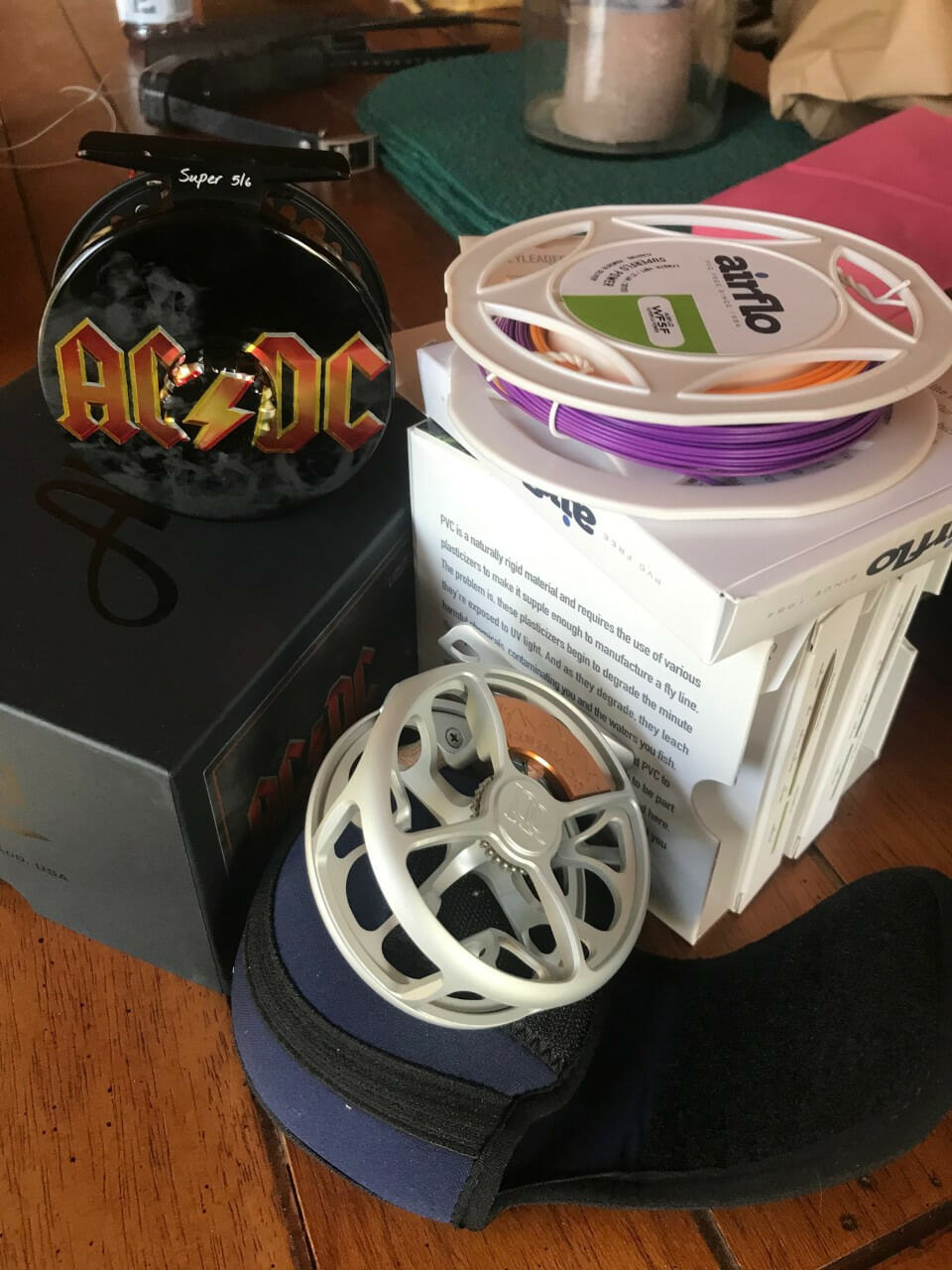While fly fishing is still a very traditional sport involving simple tools—primarily a stick and a string—there have been a number of technological advances that transformed the sport. What would you rank as the most significant, say from your grandparents’ era to present?
No doubt, graphite materials and space-age resins have changed fly rods dramatically, giving the average caster more “oomph” and precision. The materials used to make flies now involve a number of synthetics (and we can argue the virtues or lack thereof another time) that certainly changed fly design. How about GORE-TEX in waders and rain jackets? That might have affected the way we feel, more than the way we actually fish, but that’s no doubt significant. Polarized optics… rubberized mesh nets… and on and on it goes.
For me, the vote is simple. Fly lines. I’m sure glad I don’t have to stretch and dry, then re-treat a silk fly line after every time I go fishing. PVC, and later other coatings on fly lines changed the fishing world, about as much or more than anything I can think of.
And the tapers that are reimagined every year can make a big difference when it comes to casting. Hint: before you spend an arm and a leg on a fancy fly rod, think about buying a new line for a fraction of the cost (or at least cleaning your old line)—a good line can make a so-so rod shine, but a snazzy rod does nothing for a shabby line.
I’ve been fortunate enough to see a lot of equipment made—been in fly rod factories, reel machine shops, wader sewing rooms and more. It’s all truly fascinating stuff. But the one place I have never seen is the innermost chamber of a fly line facility. The technology factor is so secretive, so proprietary, nobody wants to talk about it.
Maybe someday they’ll show me. I promise not to tell anyone about it.



